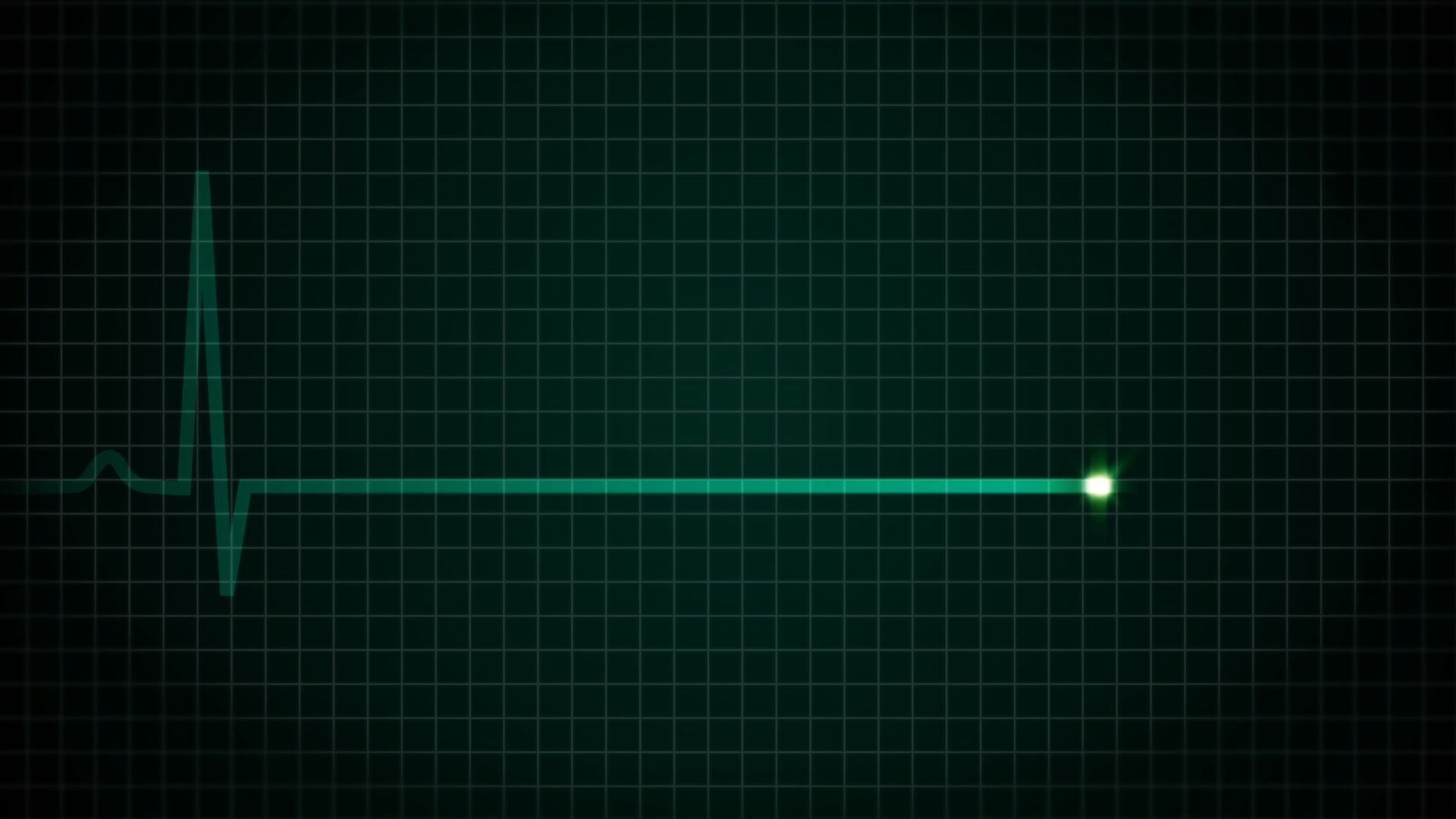What is Breathing Rate
Breathing Rate Pronunciation: ˈbrē-thiŋ rāt
Definition: Breathing rate, also known as respiratory rate, refers to the number of breaths a person takes per minute. It is an essential vital sign that can help determine an individual’s overall health and the effectiveness of their respiratory system.
Frequently Asked Questions About Breathing Rate
What is a normal breathing rate for adults?
A normal breathing rate for adults ranges from 12 to 20 breaths per minute at rest. However, factors like age, fitness level, and overall health can influence an individual’s normal breathing rate.
What is a normal breathing rate for children?
A normal breathing rate for children varies depending on their age:
- Newborns (0-1 month): 30-60 breaths per minute.
- Infants (1-12 months): 24-40 breaths per minute.
- Toddlers (1-3 years): 22-30 breaths per minute.
- Preschoolers (3-6 years): 20-30 breaths per minute.
- School-age children (6-12 years): 18-30 breaths per minute.
- Adolescents (12-18 years): 12-20 breaths per minute.
*Please note that these are average values, and individual variations may occur.
Why is monitoring breathing rate important?
Monitoring breathing rate is important because changes in respiratory rate can indicate the presence of an underlying medical condition, stress, or illness. An abnormally fast or slow breathing rate can be a sign of respiratory distress, infection, or other health problems that may require medical attention.
How can I measure someone’s breathing rate?
To measure someone’s breathing rate, observe their chest or abdomen rising and falling as they breathe. Count the number of breaths taken in one minute. It is best to do this while the person is at rest and unaware of being observed, as awareness can alter their natural breathing pattern.
More Articles





